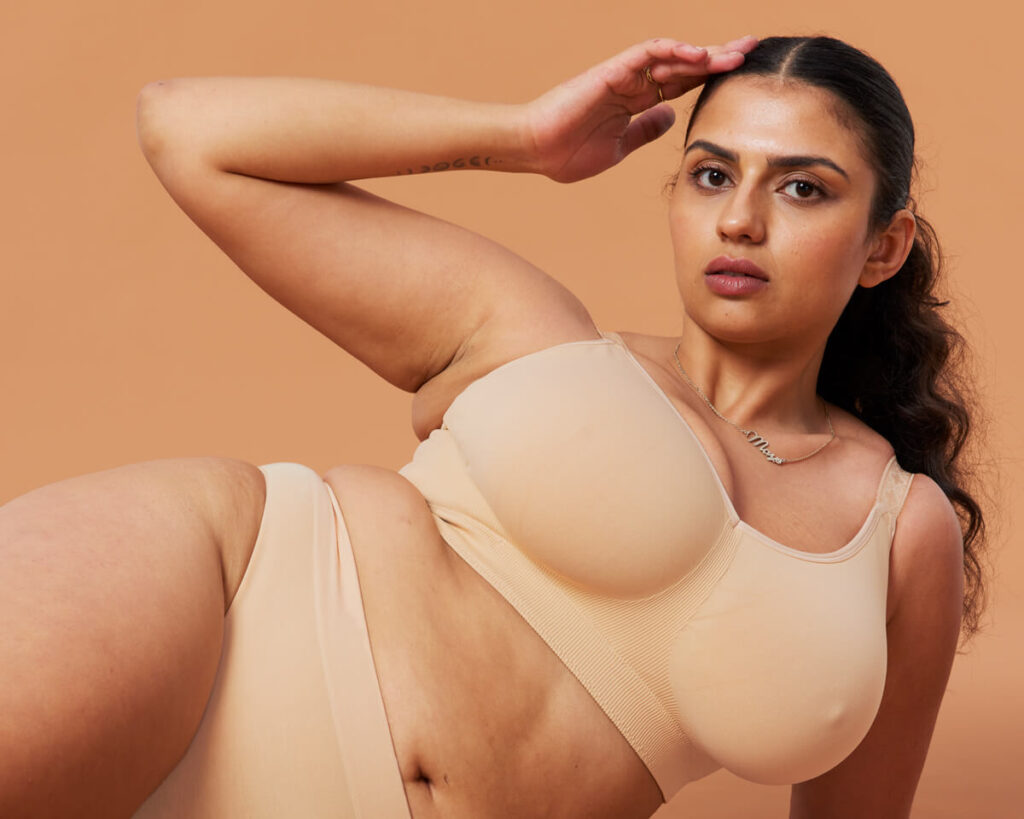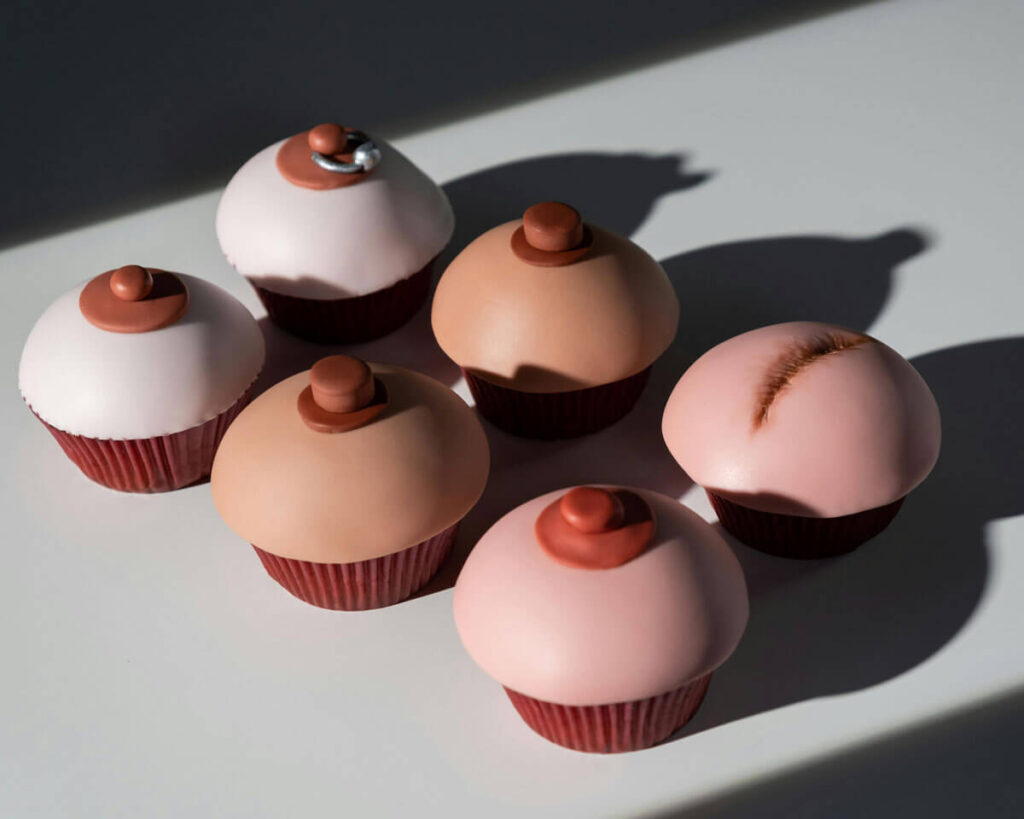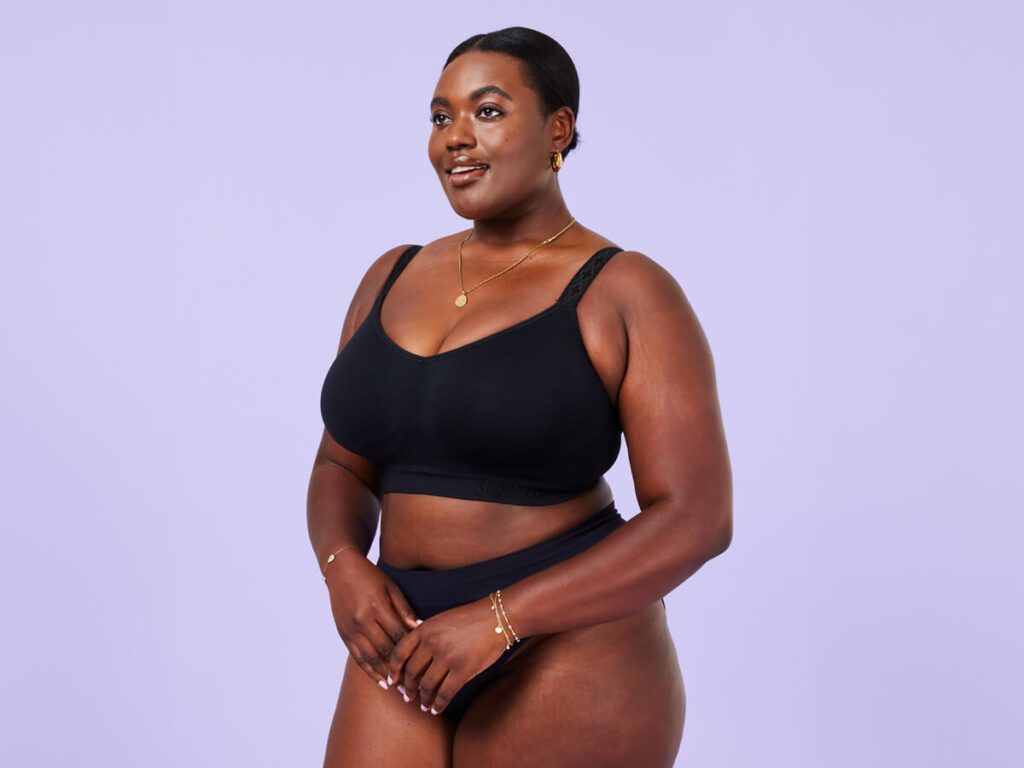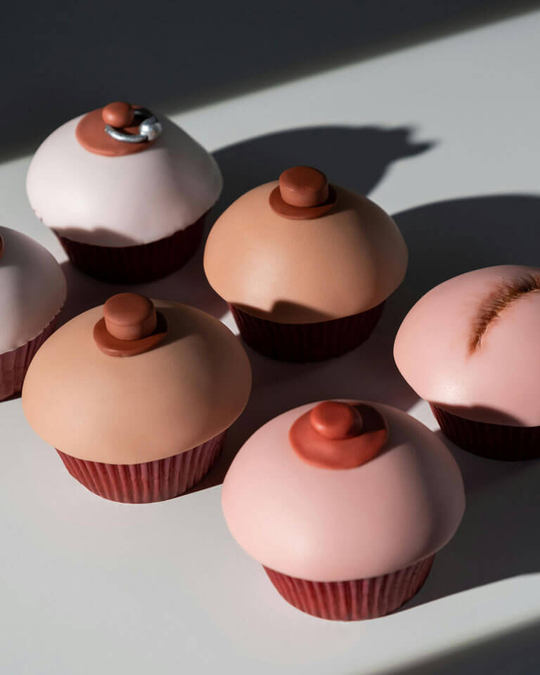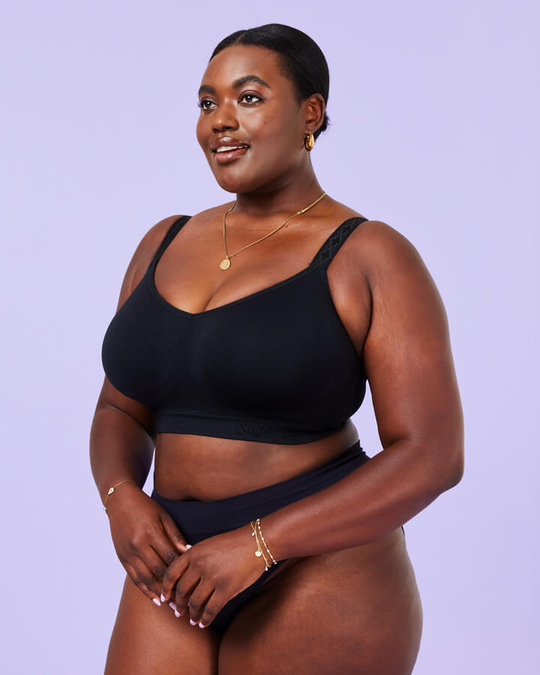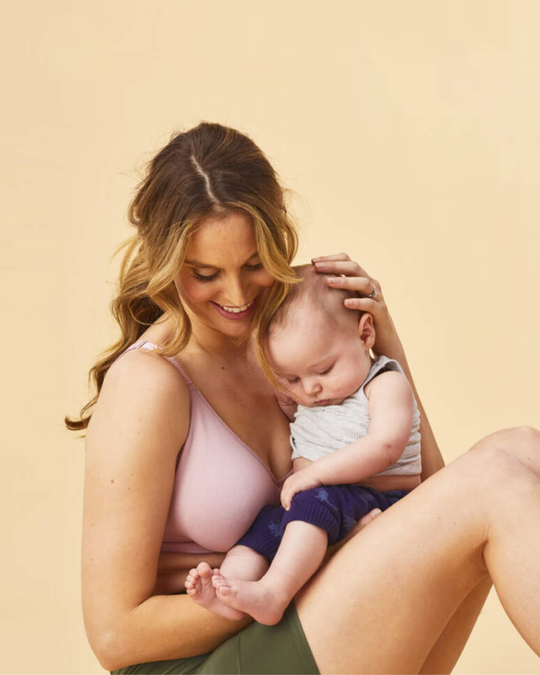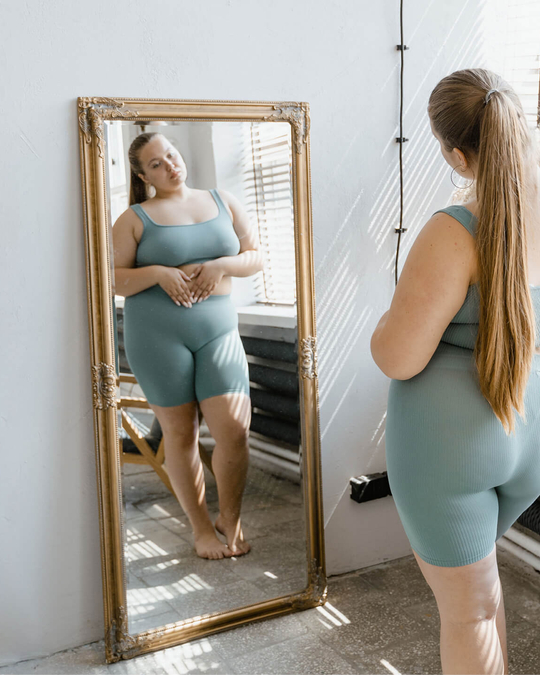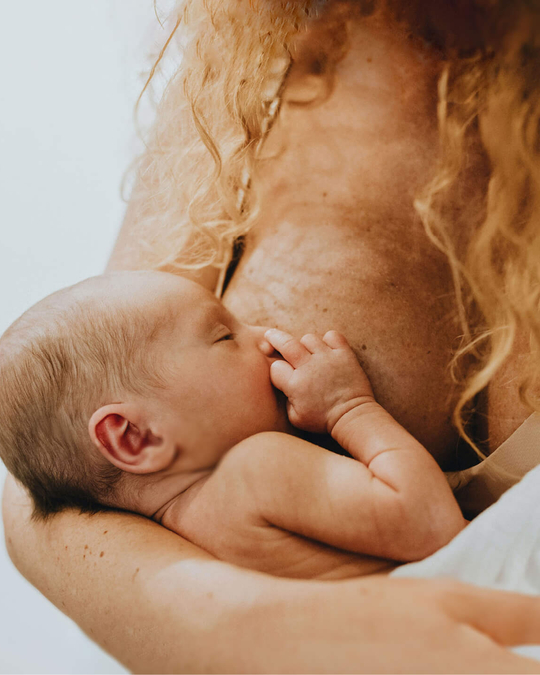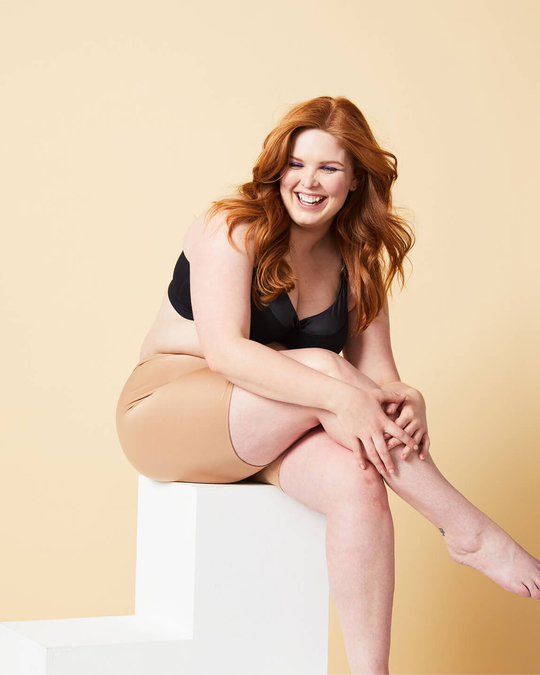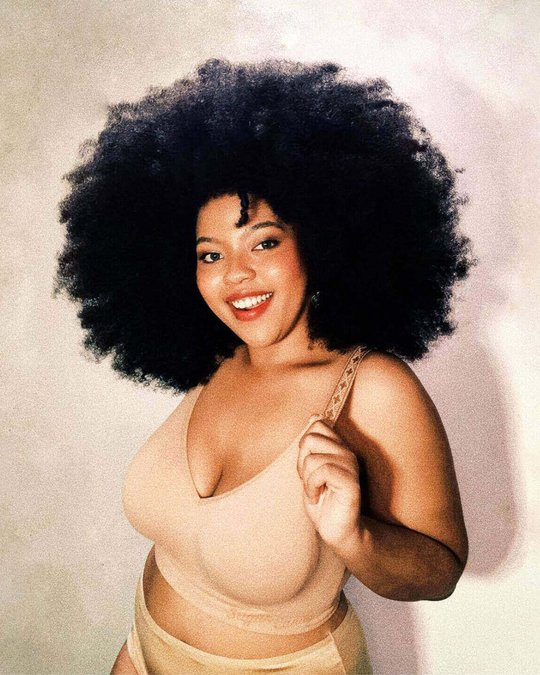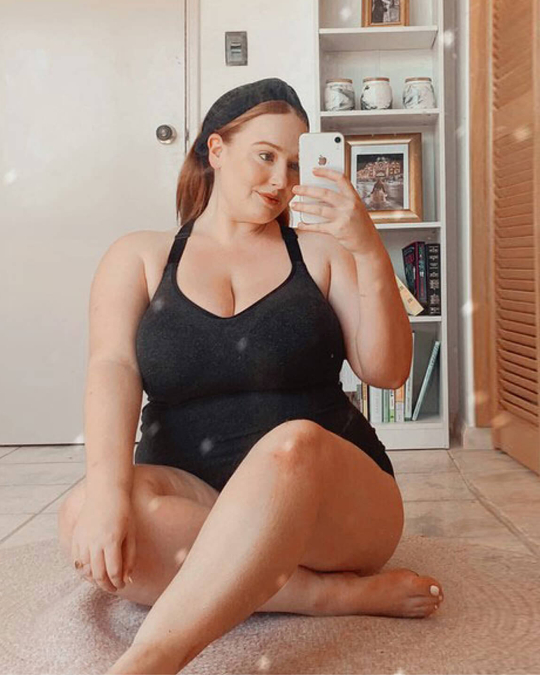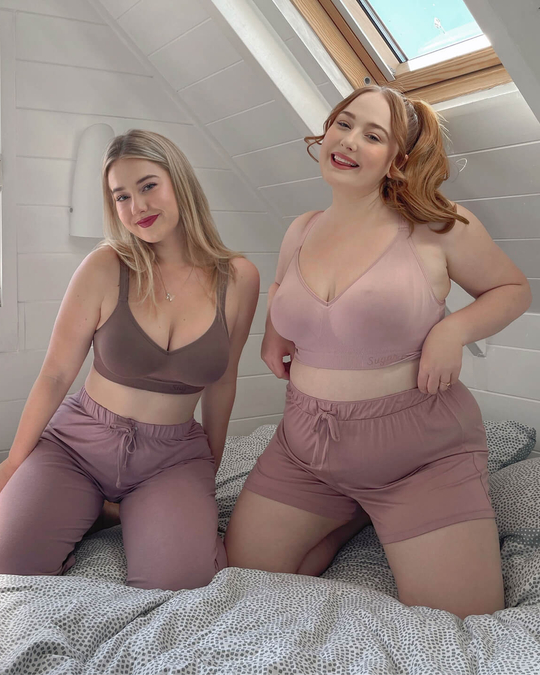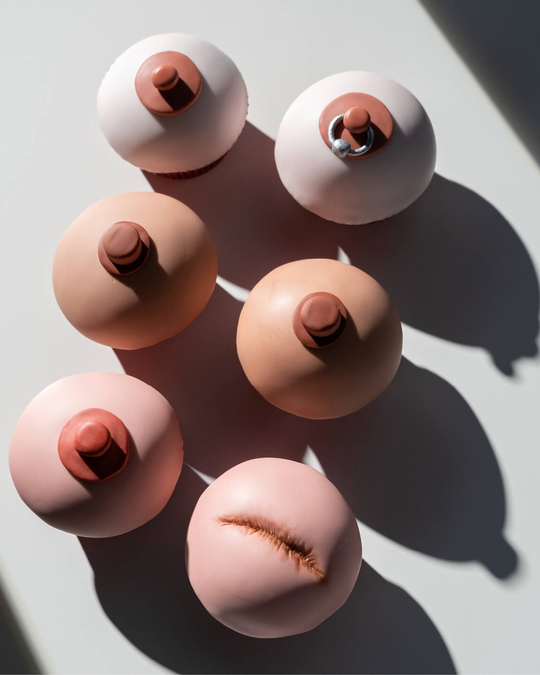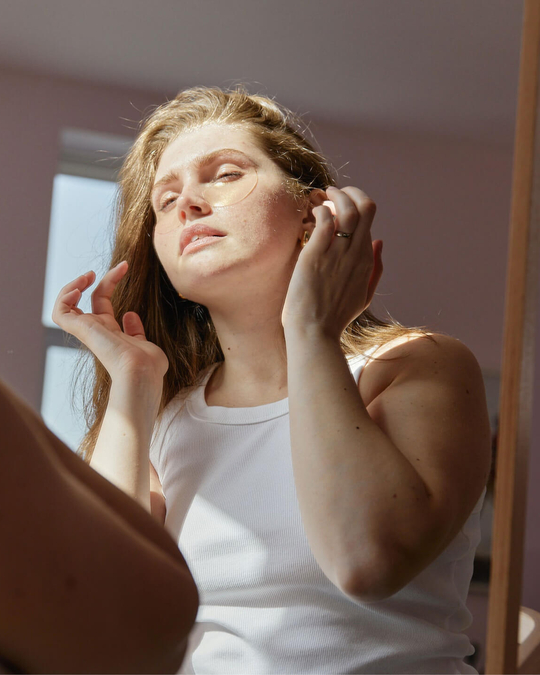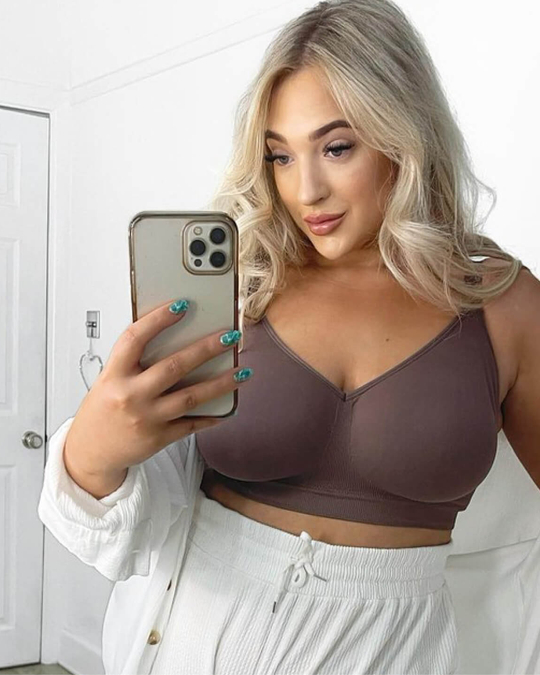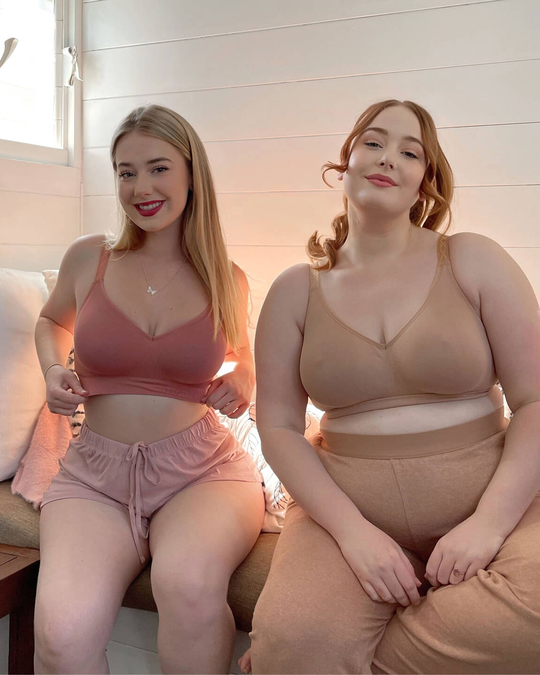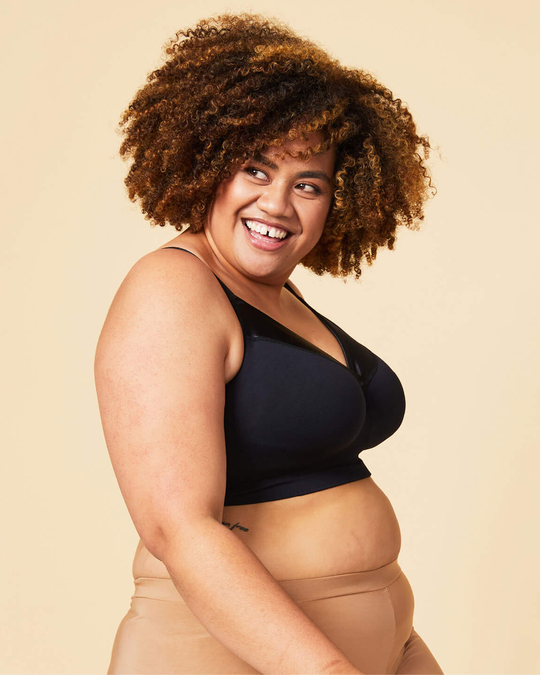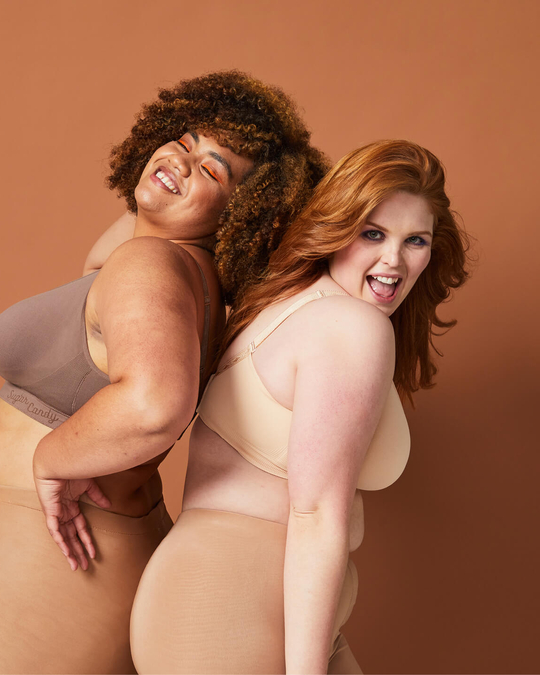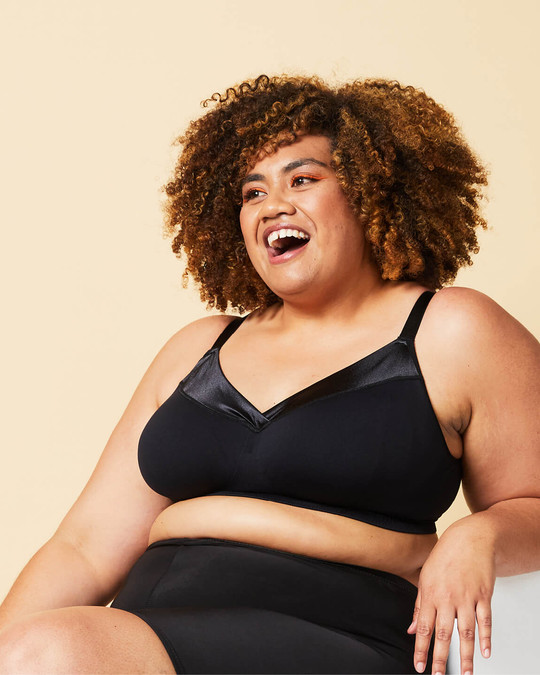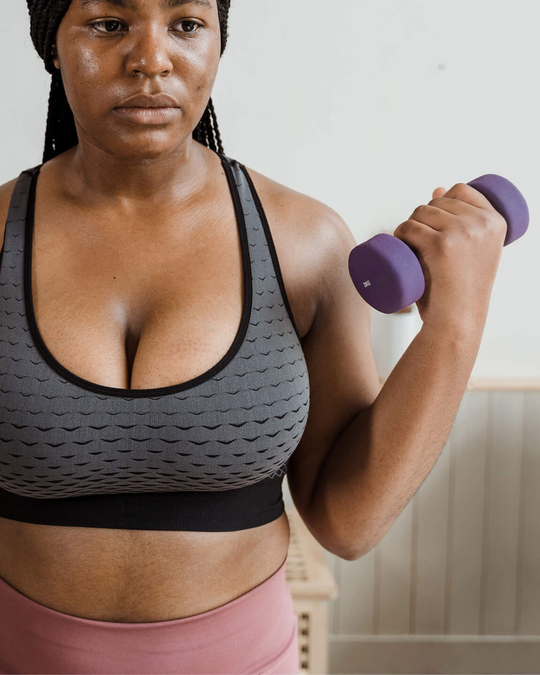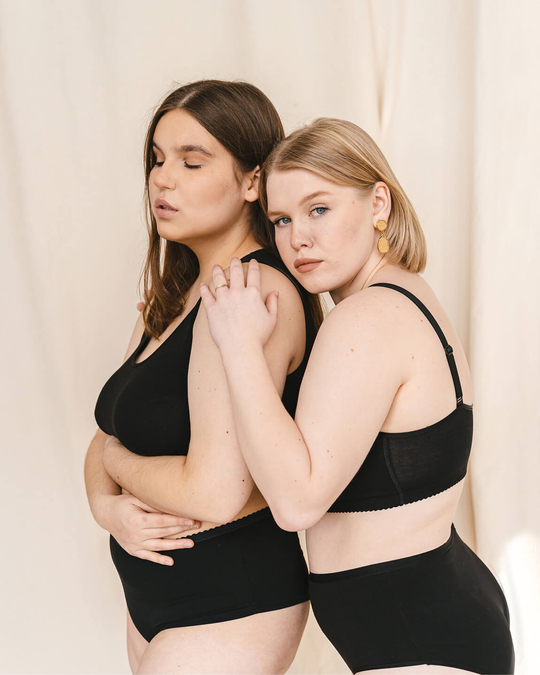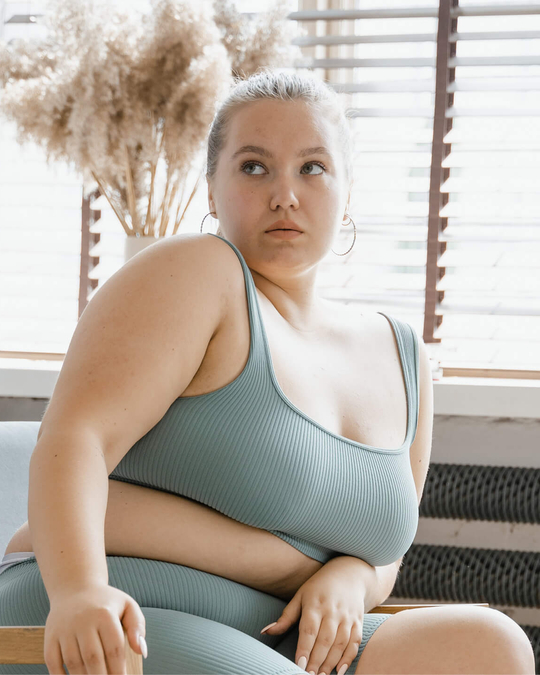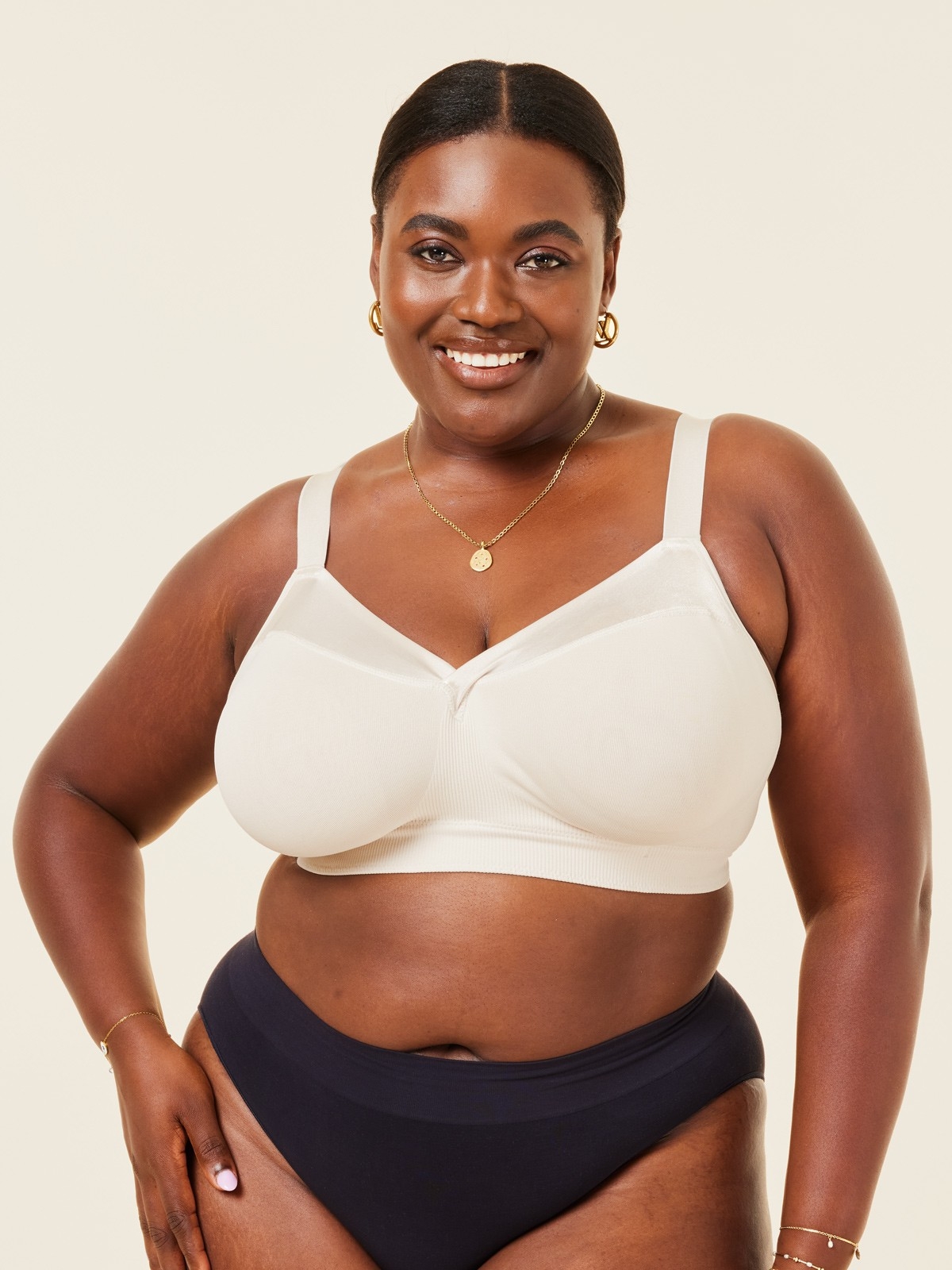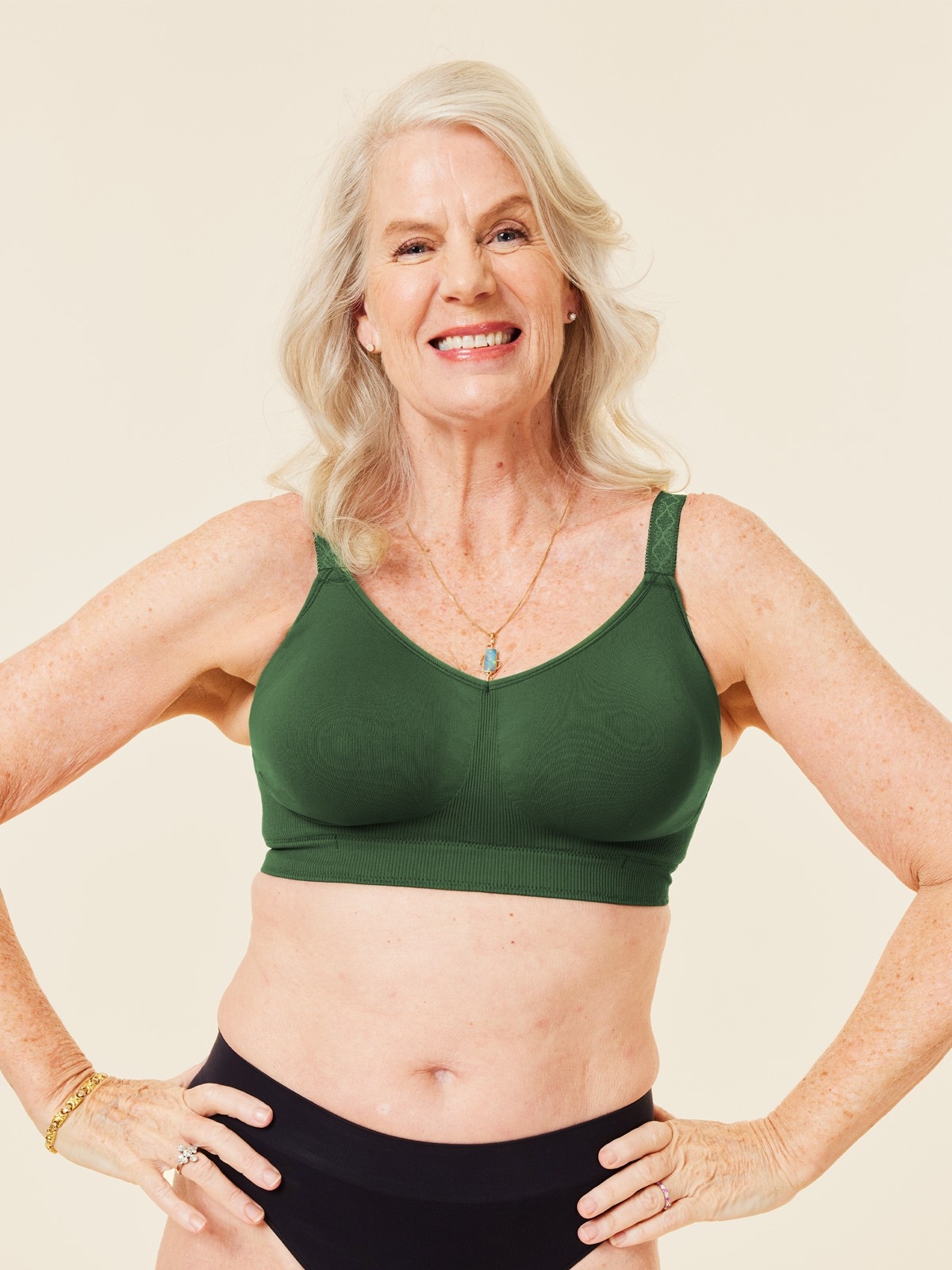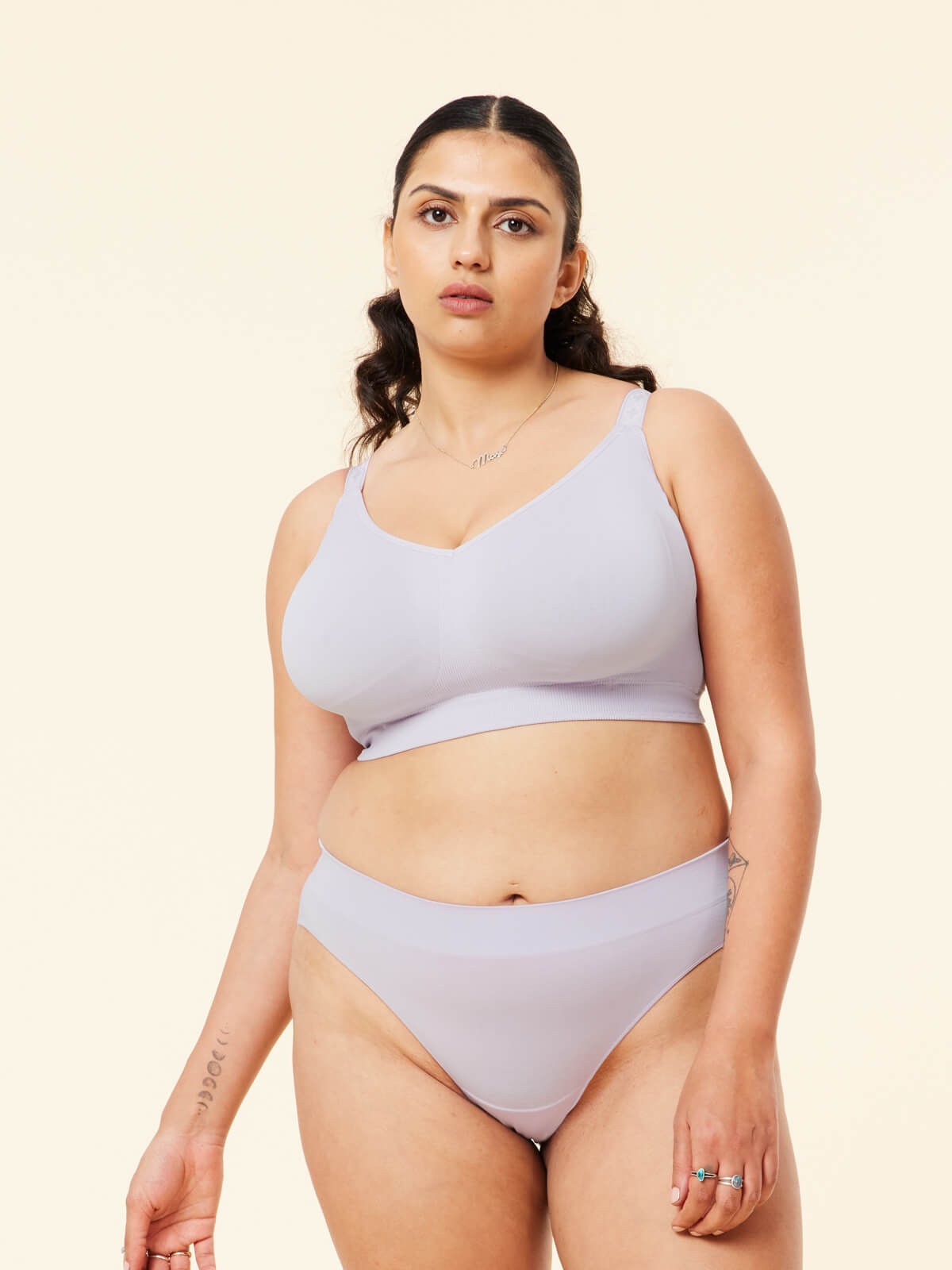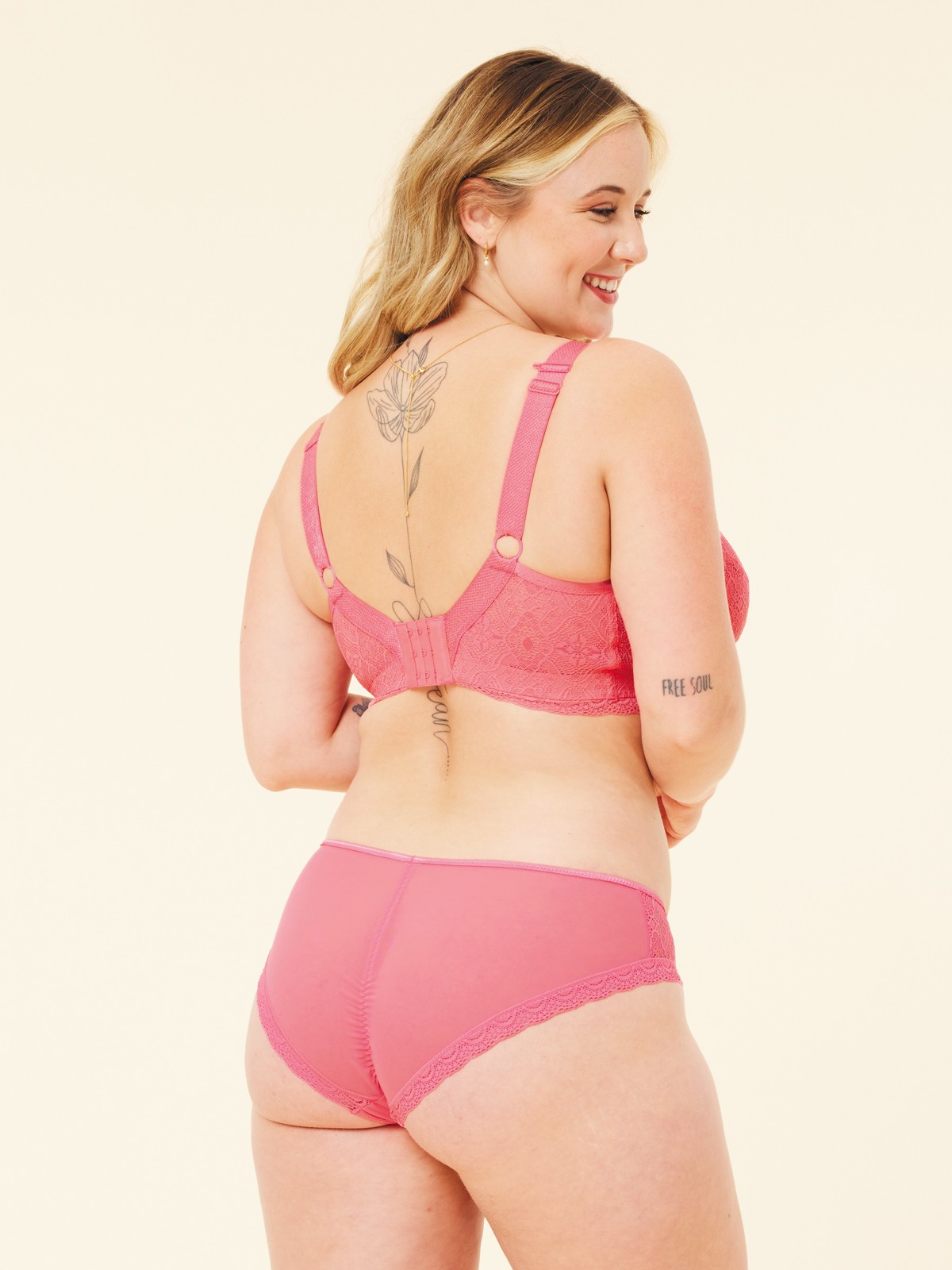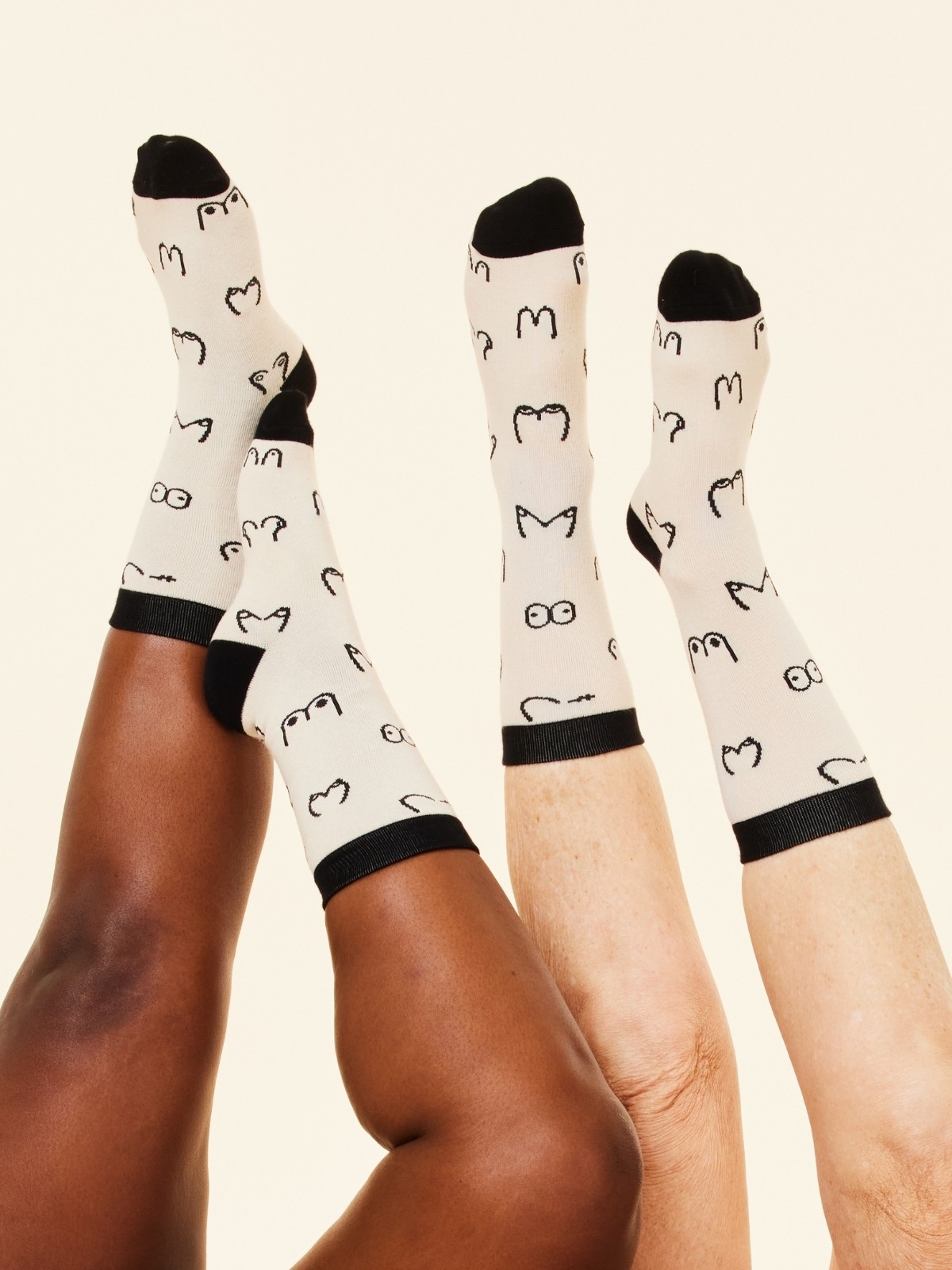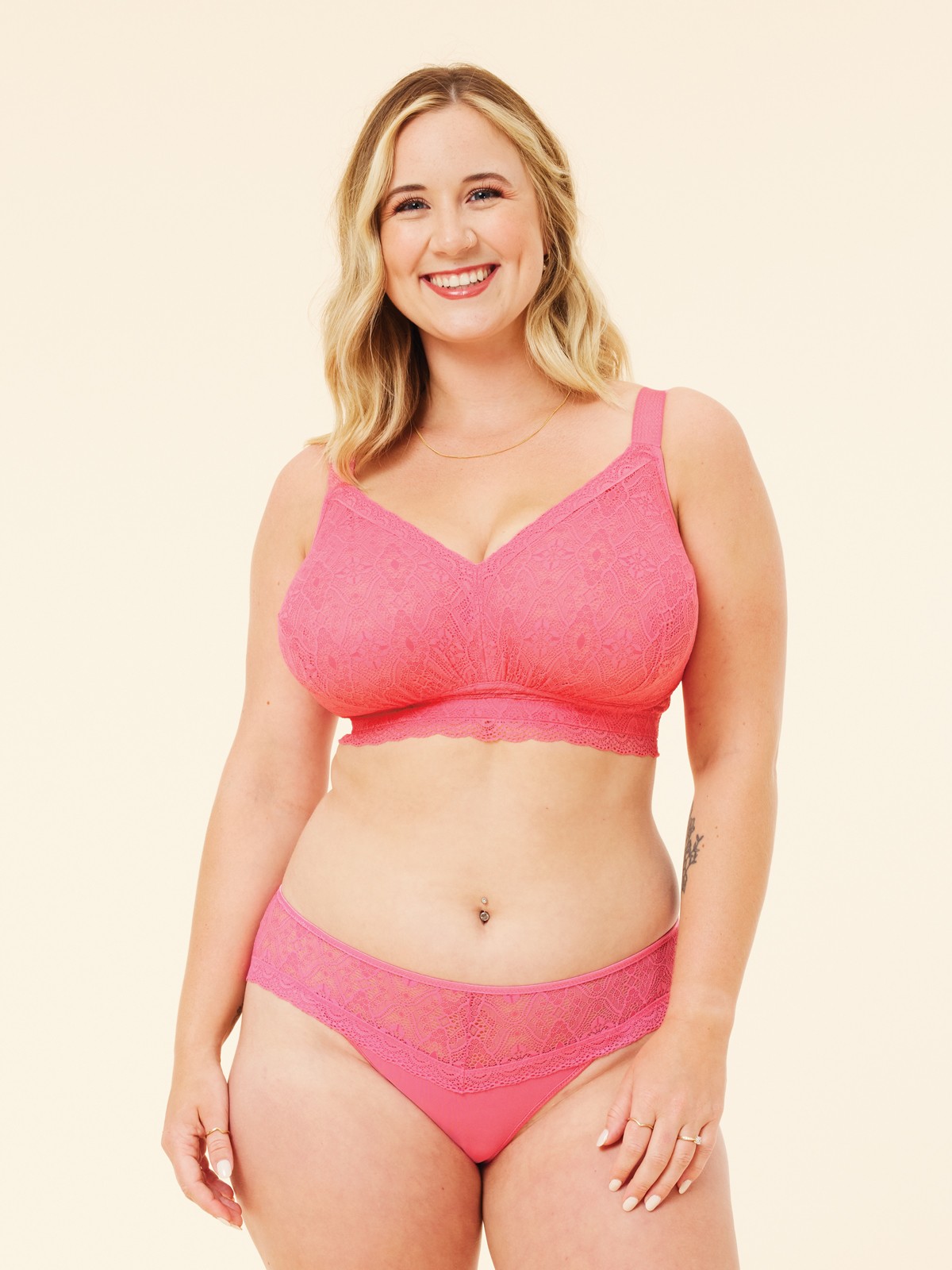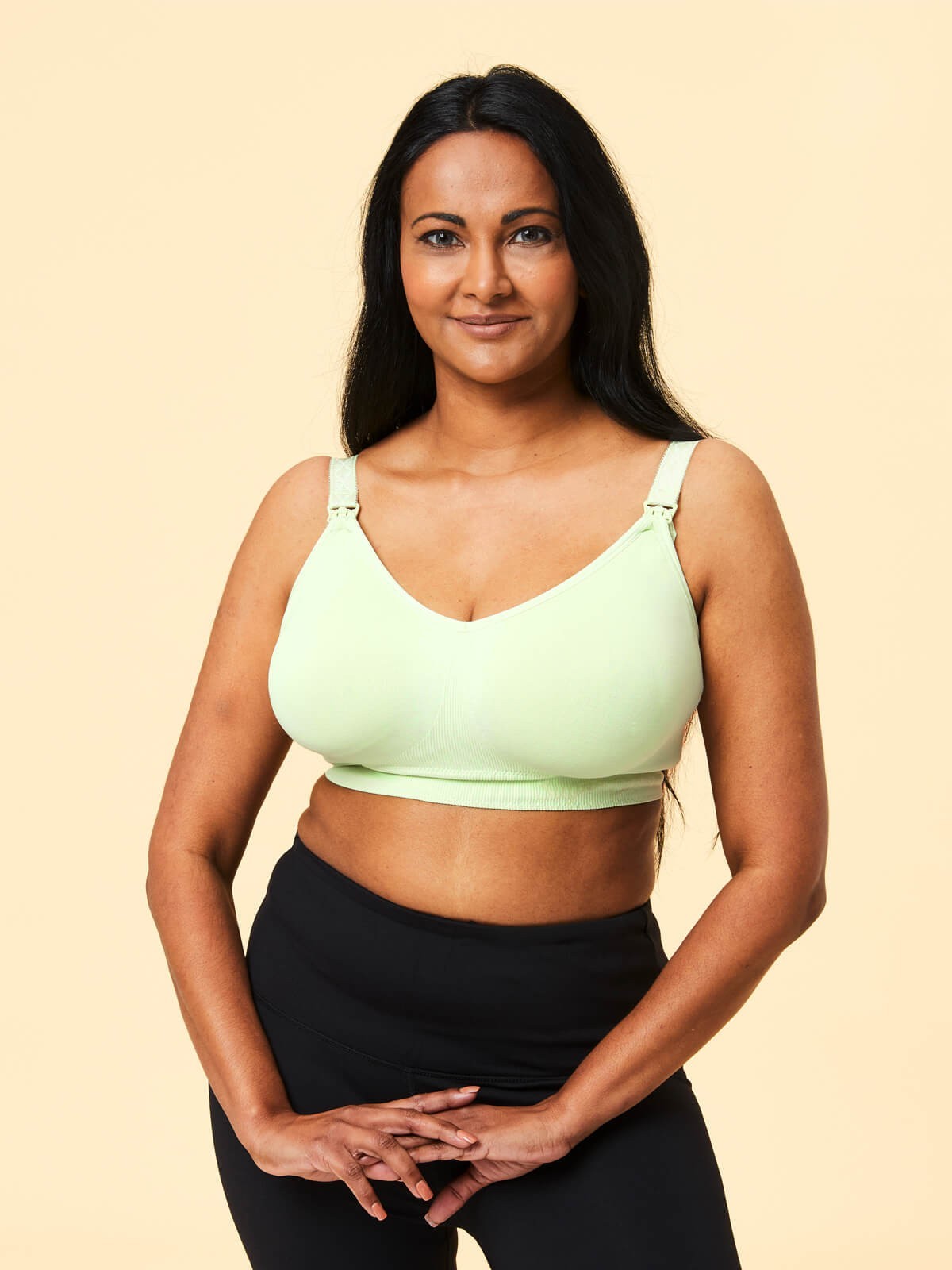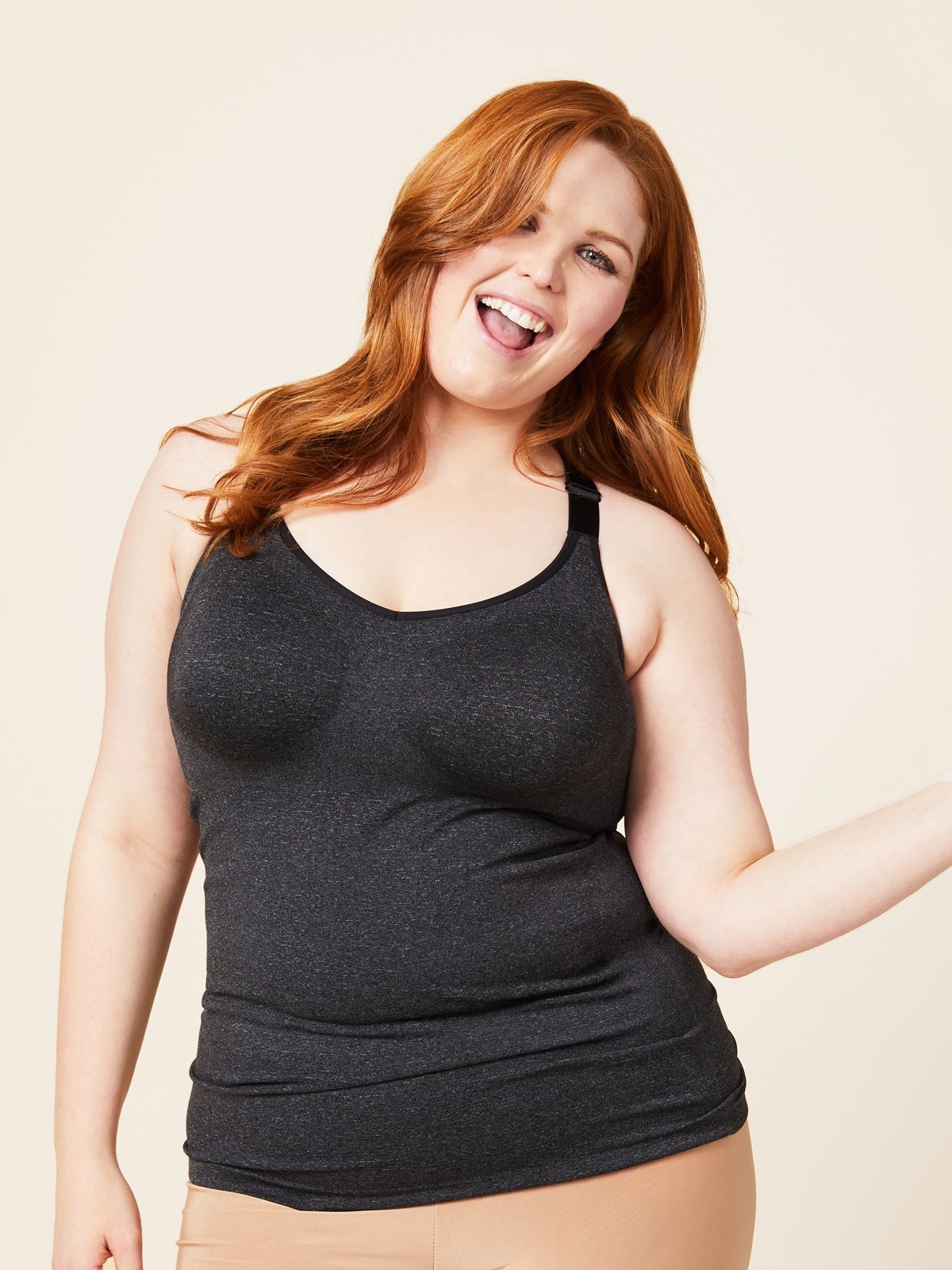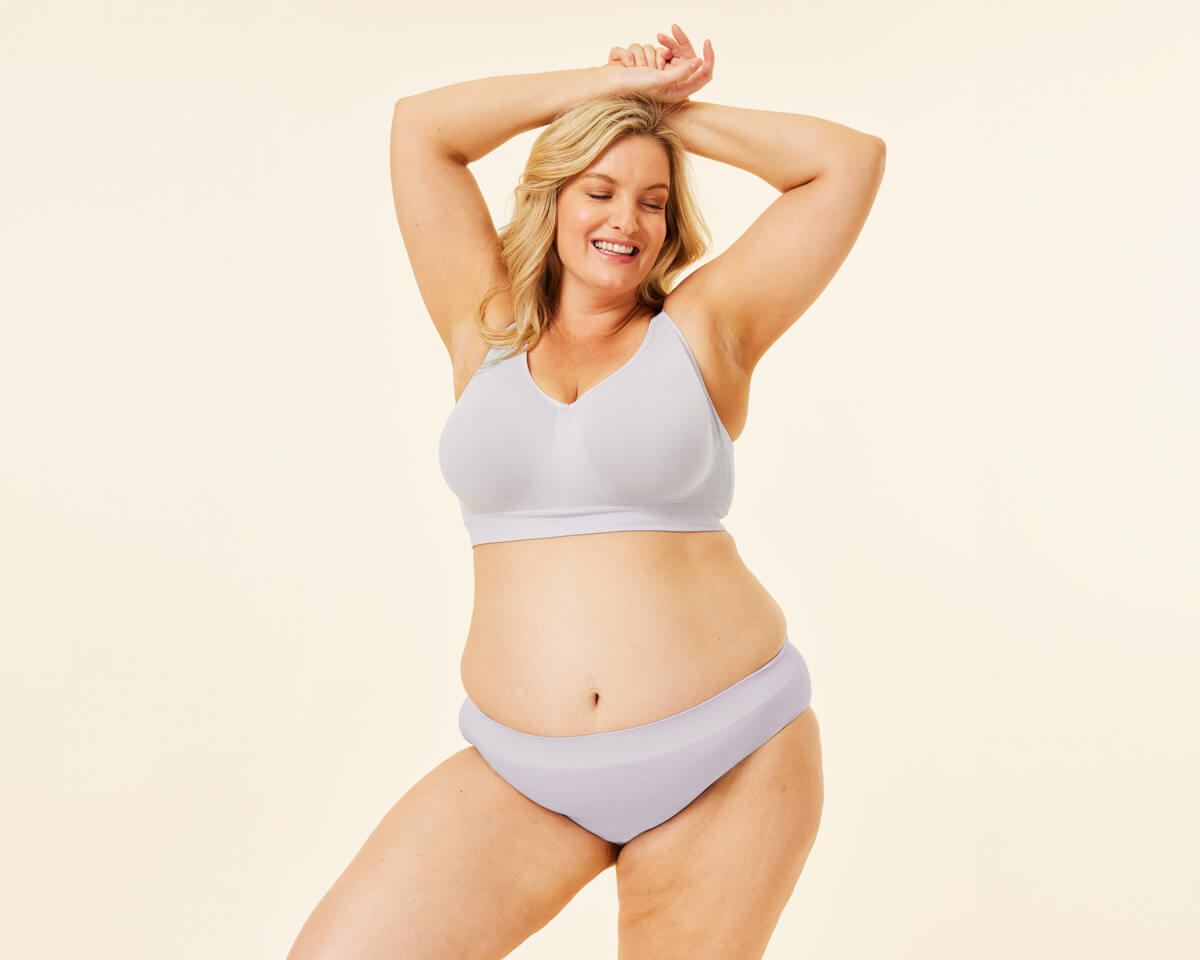results found
IN THIS ARTICLE
SEE MORE
- Puberty Blues
- Aunt Flow
- Control the Bounce
- No Two Snowflakes Are the Same
- Up the Duff
- Milk, Milk and More Milk
- Toddler Years
- Shopping for Collagen
- Making Chances
- The Dreaded Cancer
- Peri Peri and Menopause
SEE MORE
Those lads have it easy when it comes to navigating the twists and turns of puberty, manhood, and the eventual journey out of their procreating days. Wet dreams, voice cracks, and the occasional public display of arousal pretty much sum it up for them.
Us ladies, on the other hand, bear the brunt of a multitude of challenges, from enduring periods and waxing bikini lines to grappling with bra shopping, hot flashes, acne, morning sickness, greying hair, mood swings, all while juggling work and family responsibilities.
Our bodies undergo a myriad of changes throughout our lives, and perhaps the most fluctuating aspect is our breasts – those lovely, telltale indicators perched upon our chests for all to see.
From puberty to pregnancy, weight fluctuations, breastfeeding, menstrual cycles, and even menopause, our breasts can morph through various stages, each telling its own story.
What’s considered normal for one woman might differ significantly for another, making it essential to be vigilant and knowledgeable about what to expect. Whether it’s hormonal shifts, genetic predispositions, pregnancy, illness, aging, dietary habits, or even the choice of undergarments, numerous factors can influence these changes.
Let’s delve into some of the transformations you and your boobs might encounter along the journey of life.
Puberty Blues
One of the initial signs signaling the onset of puberty is the transition from flat nipples to protruding ones. These budding breasts, too small for a bra yet too noticeable to go uncovered under a T-shirt, mark the beginning of a significant developmental phase.
Typically emerging around the ages of 9-10, this transformation is driven by an uptick in estrogen, as the body prepares to nurture potential offspring with newly formed mammary glands. However, this budding stage can bring discomfort, with the tender lumps making everyday activities a tad more challenging as they become acutely aware of the soreness.
As a girl edges closer to her teenage years, further changes ensue. Nipples darken and enlarge, while the breast tissue expands with additional fatty deposits, solidifying into recognizable breasts. Swift changes in breast size might also lead to the unwelcome addition of stretch marks.
Amidst this tumult of transformations, there’s no prescribed sequence, leaving one to ponder whether it’s period, pubes, or boobs that will make their grand entrance first. Oh, the joys of uncertainty.
While some girls witness a swift and steady growth to their teenage breast size, others experience fluctuations and ongoing alterations. It’s all part of the journey, albeit one that comes with its own set of financial hurdles, especially when you find yourself shelling out a hefty $60 for a new bra every few months because your daughter has outgrown her current one. Ah, wouldn’t a crystal ball be a handy investment in these moments?
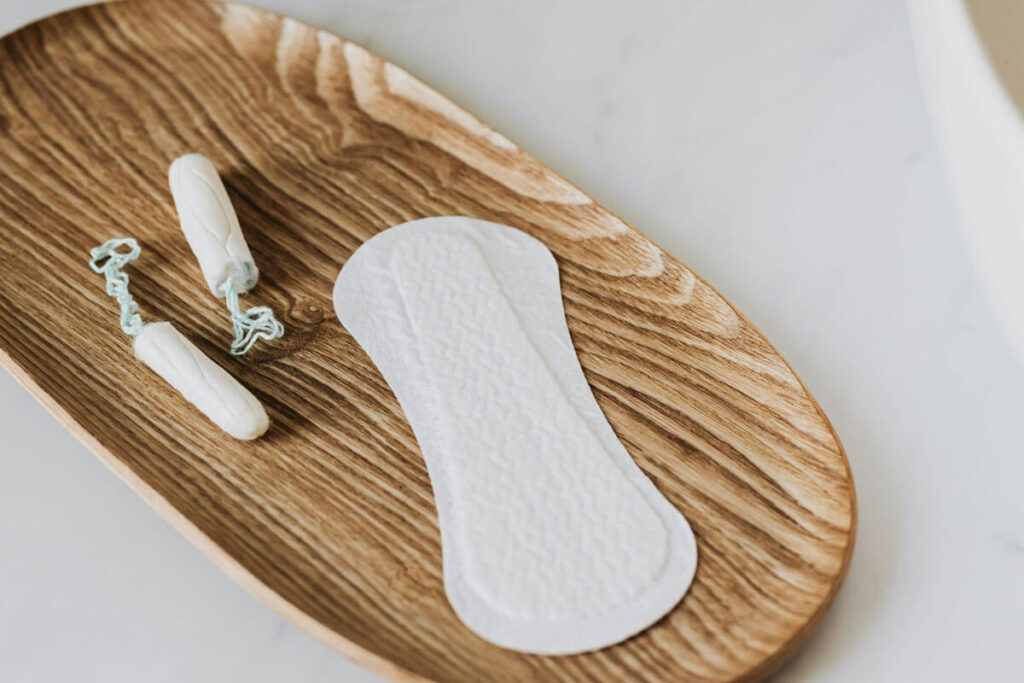
Aunt Flow
Throughout the menstruating years, the need for various bras tailored to different stages of the menstrual cycle becomes apparent.
Depending on size and structure, one might find themselves gravitating towards wired bras for added support, while others recoil at the mere thought of such confinement.
Fluctuating breast sizes during this time might necessitate a change in bra size, accommodating the swelling and tenderness that often accompany premenstrual and ovulatory phases.
Whether it’s the fullness and soreness preceding menstruation or the heightened sensitivity during ovulation, each cycle presents its own unique challenges.
In the realm of feminine hygiene, one can never predict what mother nature has in store.
Control the Bounce
How you care for your breasts can significantly influence the changes they undergo.
Engaging in high-impact exercises without proper support or consistently wearing ill-fitted bras may inadvertently cause ligament damage, leading to premature sagging. It’s an added stress, indeed. So, next time you’re dashing to catch that bus, don’t forget to hold onto your puppies.
Opting for a properly sized and fitted bra is paramount for breast health, whether wired or wire-free, depending on your preference. At least you have control over one aspect of your breasts – what adorns them.
No Two Snowflakes Are the Same
Breasts consist of fatty deposits, and for some girls, there’s a higher ratio of fatty tissue to breast tissue. Consequently, when they lose or gain weight, the breasts are typically the first to reflect these changes. However, for other girls, fluctuations in weight have little impact on their breast size.
It’s common for one breast to be slightly larger than the other, with nipples often at varying heights. Perfectly symmetrical breasts are as rare as hen’s teeth. Just like your feet, fingers, and eyebrows, slight differences are entirely normal.
Up the Duff
When pregnancy begins, one of the initial indicators can be heightened sensitivity in the breasts.
It’s a bit of a cruel twist when you consider that the symptoms for impending menstruation and pregnancy can overlap.
Typically, within the first three months of pregnancy, breasts tend to undergo significant size increases, with the extent of change varying depending on the pregnancy. Indeed, each pregnancy brings its own set of breast changes.
As your body accommodates the growing baby and shifts organs to make room, not only do your breasts enlarge, but your ribcage also expands.
Throughout the nine months of pregnancy, it’s common for your bra size to fluctuate, sometimes changing as many as five times.
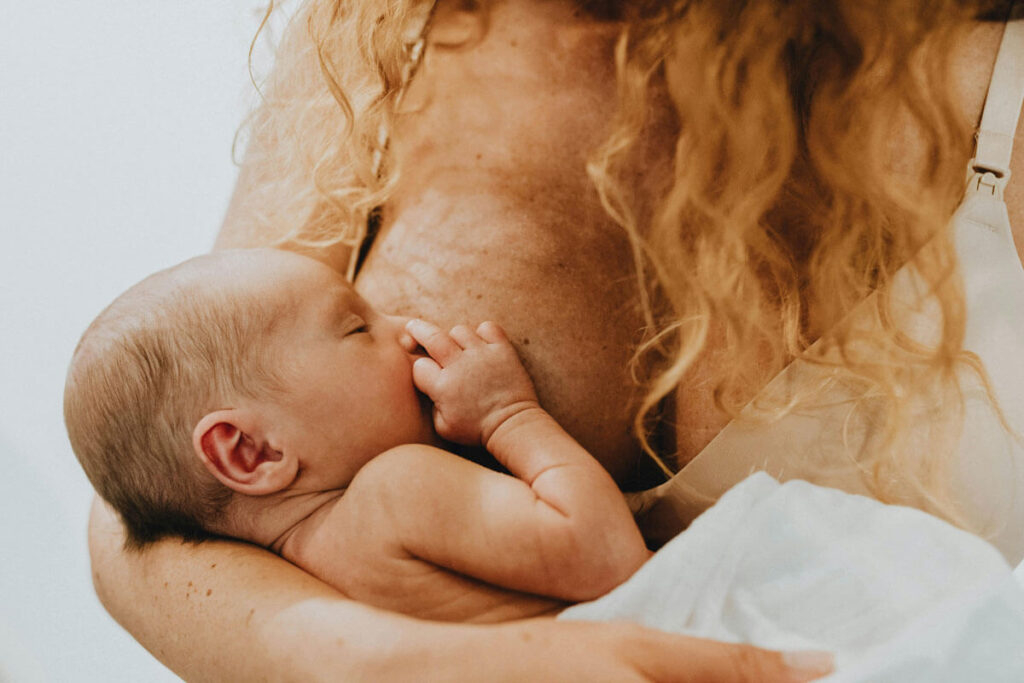
Milk, Milk and More Milk
If you opt for breastfeeding, get ready for another round of changes in your breasts. When your milk first comes in, typically within the first few days postpartum, your breasts can balloon by 3 to 6 cup sizes.
However, after about 6 to 8 weeks, your milk flow begins to regulate, and your ribcage should gradually reduce, though it might not always return to its pre-baby state.
Contrary to popular belief, breast size doesn’t determine milk production. The proportion of glandular tissue, not fatty tissue, is key for milk production. Some women with large breasts may struggle with breastfeeding due to a lower proportion of glandular tissue.
During breastfeeding, your breast size usually stabilizes around what it was during the eighth month of pregnancy and remains relatively consistent around eight weeks postpartum, once milk flow has regulated for your baby’s needs. However, as your baby grows and solid foods are introduced around six months, breastfeeding frequency may decrease, prompting further changes in bra size.
In addition to changes in size, your breasts will also weigh more, and your nipples will undergo transformation. They become softer and more pliable, allowing them to extend deeper into your baby’s mouth during feeding. It can be surprising for some women when their baby unexpectedly pulls off during a feed, revealing their elongated nipples.
Toddler Years
Once you’ve finished breastfeeding, your breasts typically won’t feel as dense as they were before pregnancy. This change in breast texture can result in a softer, more “knottier” feel.
Consequently, discerning between a benign lump and something potentially concerning can become challenging. Regardless, it’s crucial not to leave anything to chance.
If you notice any irregularities, it’s imperative to have them checked out promptly.
Shopping for Collagen
Hydration and nutrition play crucial roles in combating the aging process, particularly for your bust.
Collagen production naturally declines over time, affecting the suppleness and firmness of your breasts.
A diet rich in leafy greens, lean proteins, and ample water is essential not only for maintaining youthful breasts but also for overall health.
Conversely, it’s wise to steer clear of cigarettes, alcohol, and excessive coffee consumption, as these can deplete collagen levels.
Additionally, stress can accelerate collagen degradation, so finding ways to stay calm is beneficial for both your skin and your bosom.
Making Chances
When it comes to altering the shape and size of your breasts, the only option that gives you complete control is surgery.
Whether you’re considering implants to enhance size, achieving symmetry, reconstructive procedures, reduction, or a lift, surgery offers various possibilities.
However, it’s crucial to recognise that even with surgery, achieving the desired outcome may not always be fully attainable.
Therefore, it’s essential to have honest discussions with your surgeon about realistic expectations before undergoing any procedures.
Surprisingly, around 30% of women who opt for surgery find themselves dissatisfied and may pursue further corrective procedures.
You might also like: Everything You Need To Know About Breast Surgery Recovery
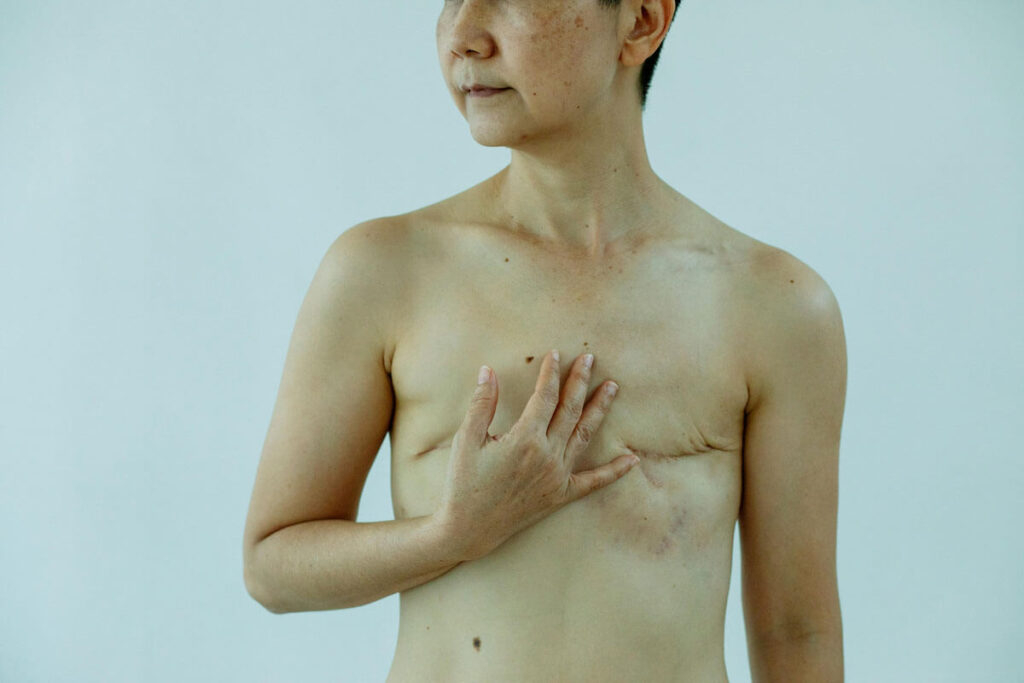
The Dreaded Cancer
In Australia, one in seven women will receive a breast cancer diagnosis at some point in their lives.
Depending on the severity, necessary surgeries can range from a single lumpectomy to complete breast removal.
While some women opt not to undergo breast reconstruction following removal, others may choose methods that offer a realistic appearance, including lifelike protruding nipples and pigment tattooed areola.
Peri Peri and Menopause
During perimenopause, fluctuations in estrogen levels can cause changes in breast size and tenderness.
Additionally, as we age, the milk systems in our breasts shrink, replaced by fat, resulting in decreased density and a softer feel. This, coupled with the depletion of collagen in the skin, can contribute to breasts appearing increasingly saggy over time.
Learn more: Saggy Boobs: Causes & Prevention
Just like many aspects of our youth, it’s essential to cherish them while they last, whether for our own enjoyment or for others’.
While your shoe size may remain relatively constant throughout your life, your bra size is almost guaranteed to fluctuate.
Breasts undergo significant changes over the years, making them one of the most dynamic parts of a woman’s body.
It’s crucial to familiarize yourself with these changes, distinguishing between what’s normal and what’s not, and embrace the journey.
You might also like
